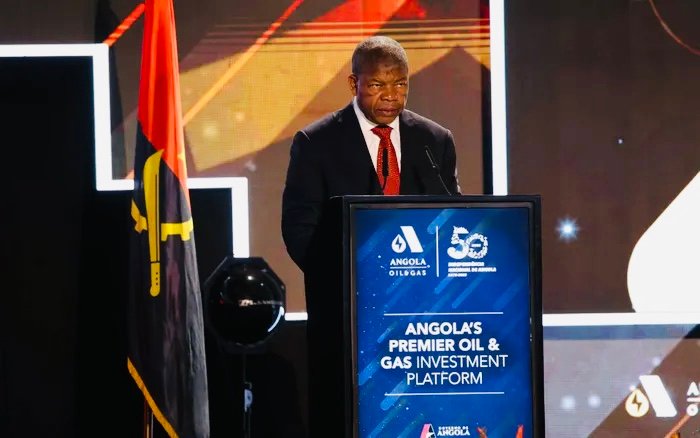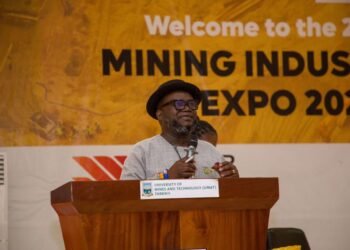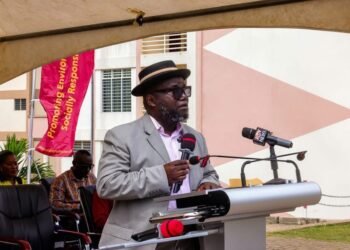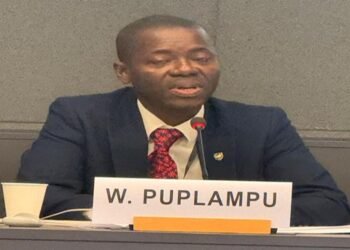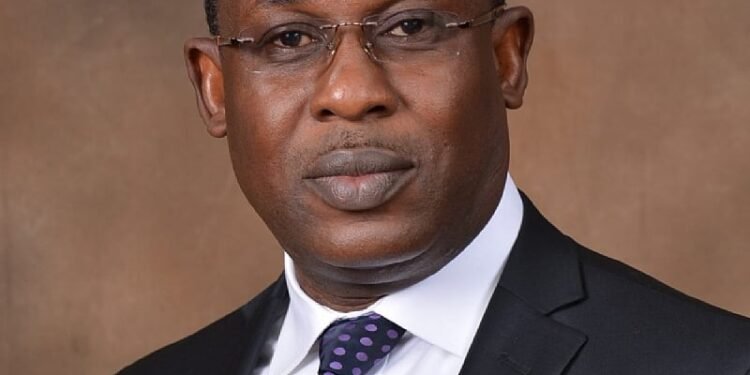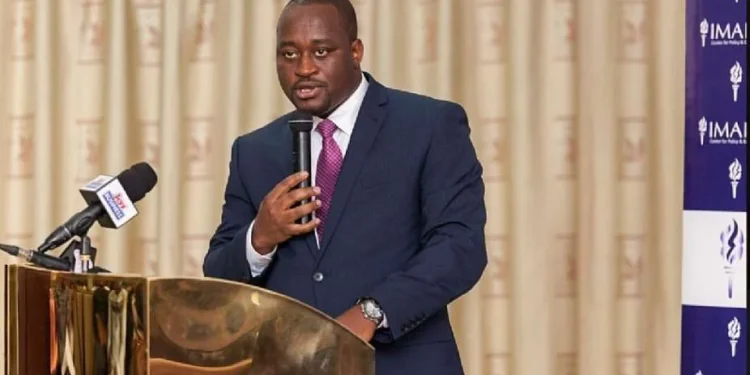Angolan President João Lourenço officially opened the 2025 edition of the Angola Oil & Gas (AOG) conference in Luanda today, signaling a bold vision for the country’s future anchored in the continued development of its vast oil and gas resources.
Speaking to a high-level audience of policymakers, international investors, and energy stakeholders, President Lourenço emphasized that Angola’s hydrocarbons will remain a pillar of national growth for decades to come.
“The oil sector has been instrumental for the growth of our country.
“Exploration and production of natural resources have contributed to the improvement of the living conditions of the people of Angola.”
Angolan President João Lourenço
Held just months ahead of the nation’s 50th anniversary of independence, AOG 2025 serves as a reflective yet forward-looking forum.
For Lourenço, it’s not only a time to celebrate past achievements but also a crucial moment to define the strategic direction for Angola’s next half-century.
“Five decades ago, the Angolan people fought for their right to sovereignty. Along the years, the oil sector has been fundamental for the economy and the development of our country.”
The President added, “This is a moment for us to celebrate but also to reflect—looking at how we can use our resources more effectively while striking the balance between economic growth, social justice, and environmental protection.”
The AOG 2025 conference is designed to highlight Angola’s strategic role as a regional hub for energy investment.
With international oil companies (IOCs), national players, and service providers gathering in Luanda, the event is expected to generate significant new deals, partnerships, and policy directions that will shape the country’s hydrocarbon industry for the next 50 years.
Industry Milestones and Exploration Frontiers
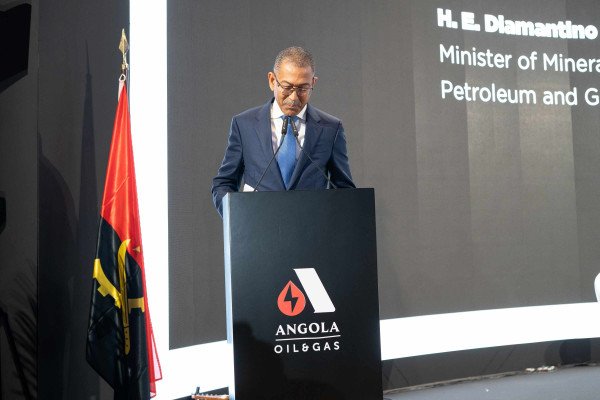
The conference coincides with a year of major industry milestones. Angola recently brought new upstream projects online, including the Agogo Floating Production Storage and Offloading unit (FPSO), the Begonia oilfield, and the CLOV Phase 3 developments.
In addition, a gas discovery was made in Block 1/14 in the Lower Congo Basin, while exploration campaigns have begun in nearly all onshore and offshore basins.
Angola’s Minister of Mineral Resources, Petroleum and Gas, Diamantino Azevedo, detailed the government’s ongoing efforts to sustain production levels and diversify energy development.
“Our current actions are directed towards mitigating production decline and keeping output above one million barrels per day. Since the last conference, we have concluded several activities.
“We started operations at the Agogo project as well as developments in Block 17 and 17/06. Complementing these activities is exploration in new basins. Another important project is the Kaminho development.”
Diamantino Azevedo, Angola’s Minister of Mineral Resources, Petroleum and Gas

Beyond upstream expansion, Angola is also moving aggressively to strengthen its downstream capacity. On September 1, 2025, the Cabinda Refinery officially began production, adding 30,000 barrels per day in its first phase.
The facility, which is expected to double its capacity in a second phase, marks Angola’s second operational refinery and represents a critical step toward reducing dependence on refined fuel imports.
Minister Azevedo confirmed that construction at the Lobito Refinery is ongoing, while feasibility studies for the Soyo project are underway. Together, these initiatives are expected to position Angola as a leading refining hub in the region.
“We continue with the development of the Lobito refinery while we assess the feasibility of the Soyo project. These position Angola as a new regional center for oil.
“We have also improved the legislation for local participation in the industry. The commitment is to widen partnerships and create value for the people of Angola.”
Diamantino Azevedo, Angola’s Minister of Mineral Resources, Petroleum and Gas
Towards the Next 50 Years
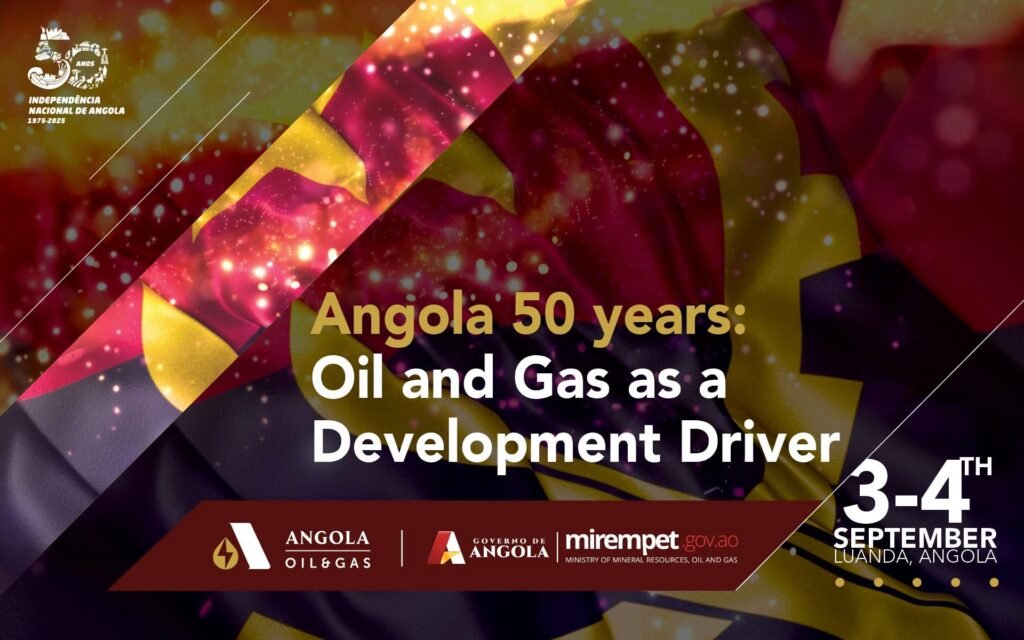
As Angola prepares to mark its golden jubilee of independence, the AOG 2025 summit has become more than just an industry gathering. It is a platform for defining how oil and gas will power the nation’s next 50 years of progress.
President Lourenço’s vision emphasized continuity and transformation—continuing to harness hydrocarbons as a foundation of the economy while transforming governance, investment models, and sustainability approaches to ensure long-term prosperity.
For investors, the message was clear: Angola remains open for business, offering legal stability, attractive terms, and growing opportunities across the value chain.
For citizens, it was a reaffirmation that resource wealth must translate into tangible improvements in living standards, social justice, and environmental stewardship.
With fresh discoveries, rising production, and new refineries on the horizon, Angola is positioning itself as both an African energy powerhouse and a reliable partner in global oil and gas markets.
READ ALSO: A Smart Move to Save the Cedi – Women in Forex Ghana Prez Hails BoG Directive

